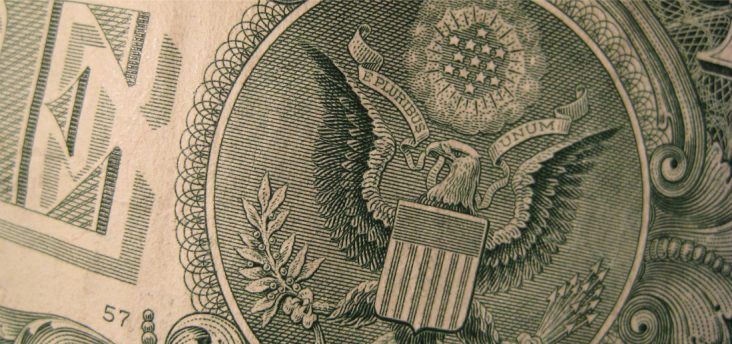Feds raise interest rates for fourth time in 2018
by December 19, 2018 3:16 pm 552 views

For the fourth time in 2018, the Federal Reserve raised its fed funds rate — this time, a quarter point to 2.5%.
It is the ninth time since December 2015 that the nation’s central bank has raised the benchmark rate to strike balance in the U.S. economy.
The move came in spite of President Donald Trump, breaking traditional norms by commenting, suggested that the feds leave interest rates alone. The Fed did suggest that it may only raise rates twice in 2019, despite speculation that three or four increases could be possible.
In a statement from the Fed’s Open Market Committee, the group said:
“The committee judges that some further gradual increases in the target range for the federal funds rate will be consistent with sustained expansion of economic activity, strong labor market conditions, and inflation near the committee’s symmetric 2 percent objective over the medium term.”
The federal funds rate is the rate at which banks lend to other banks on an overnight basis. By adjusting the fed funds rate, officials hope to balance GDP gains and inflation in an attempt to avoid a negative slowdown or an overheated economic pace.
